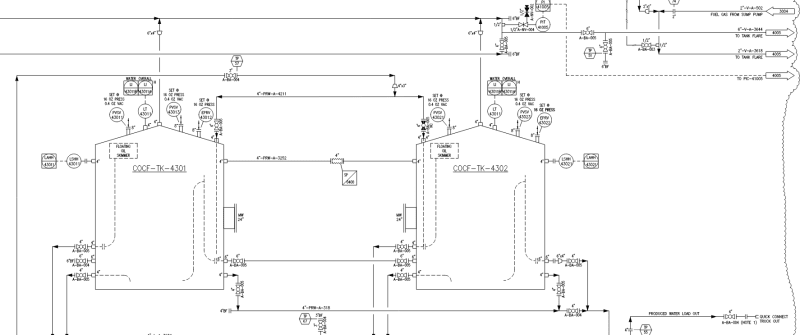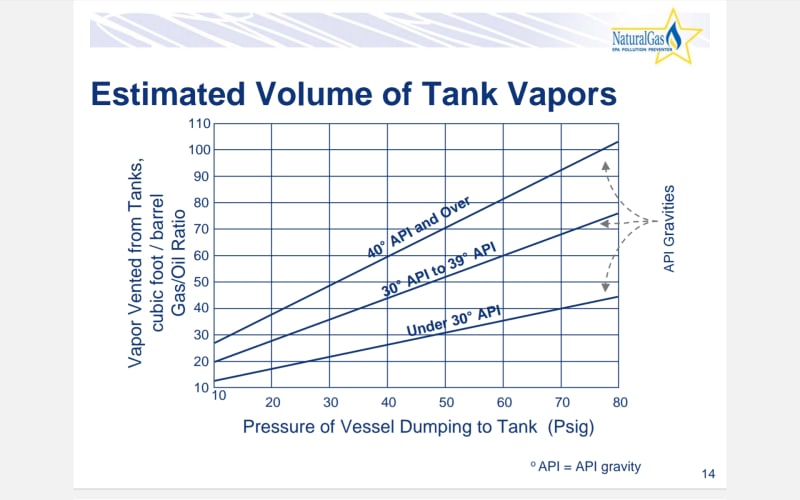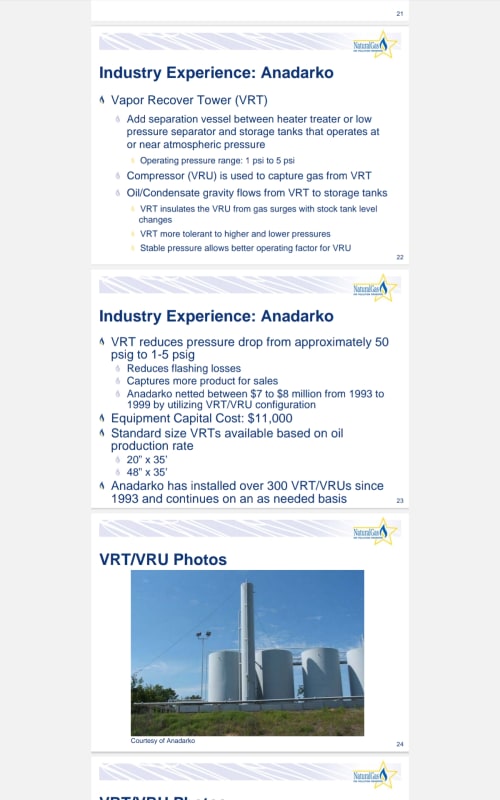I never understood the purposes of using VRTs. The VRTs operate around 3~5 psig and gravity-feeds the separated liquid into the tank using VRT's own height. The VRTs are usually hooked up to a VRU, so if you can separate as much gas as possible from the VRT before atmospheric tanks, you can recover more of those rich vapors.
But why can't we just skip VRT, and directly hookup compressors on atmospheric tanks? To me VRT just seems like an extra middle man that's not needed because the technology allows us to directly pull vapors from tanks with compressor suction.
The below image is a process simulation I ran for with VRT vs. without VRT. You can see that the scenario with the VRT produces ~4 bbl more oil, but this is definitely not enough to justify the cost of installing an additional vessel.

But why can't we just skip VRT, and directly hookup compressors on atmospheric tanks? To me VRT just seems like an extra middle man that's not needed because the technology allows us to directly pull vapors from tanks with compressor suction.
The below image is a process simulation I ran for with VRT vs. without VRT. You can see that the scenario with the VRT produces ~4 bbl more oil, but this is definitely not enough to justify the cost of installing an additional vessel.




